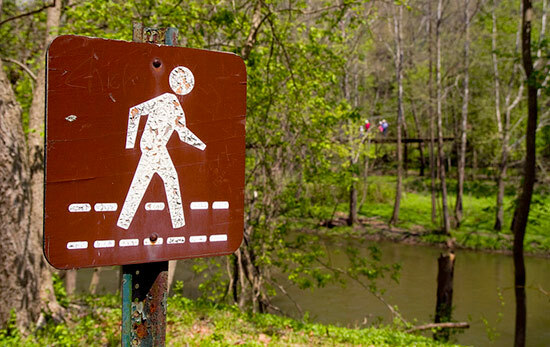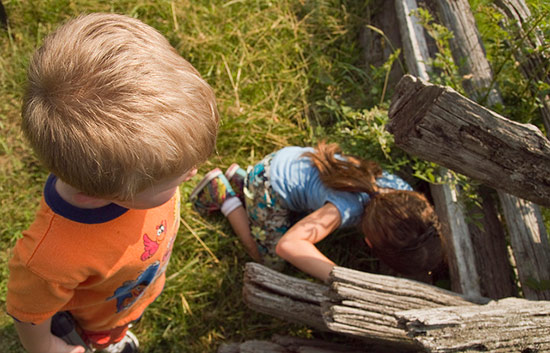Thirty-six access sites open along Chesapeake rivers and streams in 2013
Increasing public access can strengthen the bond between people and place.
Last year, Chesapeake Bay Program partners opened 36 new public access sites along rivers and streams in the watershed, bringing the total number of access sites in the region to 1,208. In fact, more public access sites were opened in 2013 than in previously tracked years, as states work to meet the public’s high demand for ways to get on the water.

State, federal and local governments are often the guardians of public access sites, providing opportunities for people to swim, fish and launch their boats into the Bay. But because physical access to the Bay and its tributaries remains limited—with real consequences for quality of life, the economy and long-term conservation—Bay Program partners set a goal in 2010 to add 300 new public access sites to the watershed by 2025. As of 2013, partners have added 69 sites, meeting 23 percent of this goal.
From floating canoe launches to bank fishing opportunities, increasing public access to open space and waterways can strengthen the bond between people and place, boosting local tourism economies and creating citizen stewards who are engaged in conservation efforts.

“Having public access to enjoy and learn about the value of nature is important,” said Bay Program Director Nick DiPasquale in a media release. “I believe that you value what you know, and you are motivated to protect what you value. Whether it’s a relaxing trip along a shoreline or a paddle on a pond or stream, when more people get to know and value the Chesapeake Bay and its rivers and streams, more people will be driven to protect it.”

Comments
There are no comments.
Thank you!
Your comment has been received. Before it can be published, the comment will be reviewed by our team to ensure it adheres with our rules of engagement.
Back to recent stories